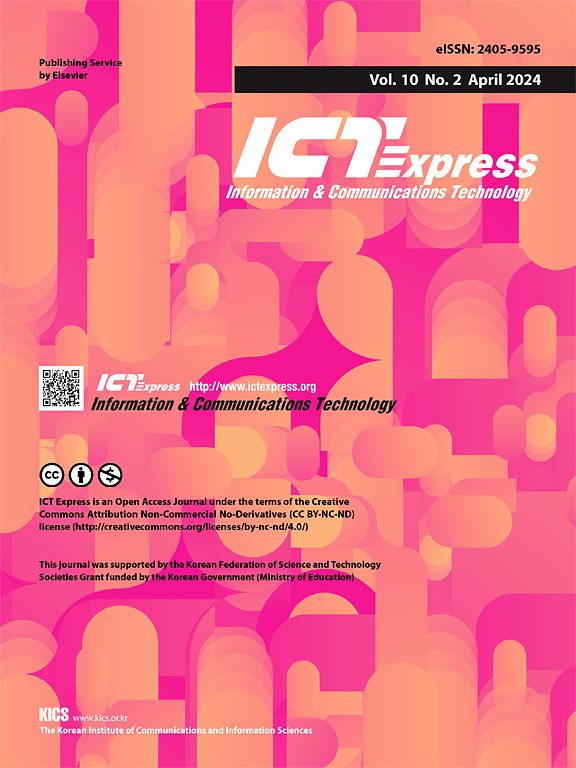利用正交时频空间调制实现无人机群的合作传输
IF 4.2
3区 计算机科学
Q1 COMPUTER SCIENCE, INFORMATION SYSTEMS
引用次数: 0
摘要
无人机(uav)作为多功能空中节点出现,能够动态填补覆盖空白,并基于其移动性实现关键任务通信。无人机群以多架无人机协同操作为特征,被广泛应用于监视、环境监测、精准农业和自主配送等领域。虽然单个无人机的功率有限,但无人机群的群体传输可以提高数据速率、可靠性和能源效率。然而,它们的移动性可能导致严重的多普勒扩散。现有的正交频分复用(OFDM)系统在高速移动环境中容易受到多普勒效应的影响,存在一定的局限性。为了解决这一问题,考虑采用正交时频空间(OTFS)辅助的无人机群协同传输(CT),该方法可以克服上述局限性。结果表明,在信噪比为10 dB时,采用OTFS调制,误码率提高了103阶,在信噪比更高时,误码率提高得更好。在此基础上,提出了基于otfs的CT分析框架,确定了受无人机最大速度和无人机群大小影响的子载波间距、符号数和子载波数等关键设计考虑因素。这些结果为推进基于无人机的CT领域的研究,特别是多普勒弹性OTFS调制提供了重要的平台。本文章由计算机程序翻译,如有差异,请以英文原文为准。
Cooperative transmission of UAV swarm using orthogonal time–frequency space modulation
Unmanned aerial vehicles (UAVs) emerge as versatile aerial nodes capable of dynamically filling coverage gaps and enabling mission-critical communication based on their mobile nature. UAV swarms, characterized by the coordinated operation of multiple drones, are employed for a wide range of applications such as surveillance, environmental monitoring, precision farming, and autonomous delivery. While individual UAVs suffer from limited power, group transmissions of UAV swarms can enhance the data rate, reliability, and energy efficiency. However, their mobility may cause severe Doppler spread. The existing orthogonal frequency division multiplexing (OFDM) system exhibits limitations such as susceptibility to the Doppler effect in high-speed mobile environments. To address this issue, orthogonal time–frequency space (OTFS)-aided cooperative transmission (CT) for UAV swarms is considered, which can surmount the aforementioned limitations. The results show the BER improvement of the order of at the SNR value of 10 dB when OTFS modulation is utilized and even better at the higher SNR values. Furthermore, the analytical framework of OTFS-based CT is presented by identifying the key design considerations on the subcarrier spacing, the number of symbols, and the number of subcarriers, which are subject to the maximum speed of the UAV and the cluster size of the UAV swarm. These results provide a significant platform for advancing research in the field of UAV-based CT, especially with the Doppler-resilient OTFS modulation.
求助全文
通过发布文献求助,成功后即可免费获取论文全文。
去求助
来源期刊

ICT Express
Multiple-
CiteScore
10.20
自引率
1.90%
发文量
167
审稿时长
35 weeks
期刊介绍:
The ICT Express journal published by the Korean Institute of Communications and Information Sciences (KICS) is an international, peer-reviewed research publication covering all aspects of information and communication technology. The journal aims to publish research that helps advance the theoretical and practical understanding of ICT convergence, platform technologies, communication networks, and device technologies. The technology advancement in information and communication technology (ICT) sector enables portable devices to be always connected while supporting high data rate, resulting in the recent popularity of smartphones that have a considerable impact in economic and social development.
 求助内容:
求助内容: 应助结果提醒方式:
应助结果提醒方式:


